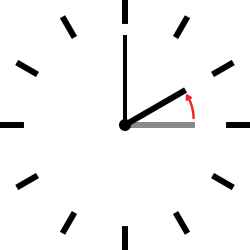Daylight Saving Time 2015: When to change clocks back?

In just a few days, the Standard Time will once again be observed as the annual Daylight Saving Time for 2015 ends on Sunday, Nov. 1.
At exactly 2 a.m., those who observe Daylight Saving Time will have to set the clocks one hour back to the Standard Time after setting it one hour in advance when Spring began in March 8.
It means that the sunrise will be an hour earlier compared to the past few months, and more natural sun light can be used in the mornings. However, it also means that the sunset will be a little earlier at 4:53 p.m.
Almost the entire United States as well as most countries in the Northern Hemisphere observe Daylight Saving Time. American territories such as Arizona, Hawaii, Puerto Rico, the Virgin Islands, American Samoa, Guam as well as the Northern Mariana Islands do not observe DST.
Meanwhile, countries located in the Southern Hemisphere such as South America, Australia, New Zealand, and the southern part of Africa begin observing Daylight Saving Time between September and November and conclude it sometime in March to April.
The US started practicing Daylight Saving Time in 1918, when the country had to save energy during the World War I. However, the Germans were the first to use the concept in 1916, when the clocks were adjusted an hour forward.
According to historians, the concept of Daylight Saving Time was first proposed by Benjamin Franklin in 1784 in the essay "An Economical Project." But the entomologist from New Zealand named George Vernon Hudson talked about the two-hour daylight saving concept back in 1895.
To make it easier to remember the time adjustments for the Daylight Saving Time, the mnemonic "Spring forward, fall back" could serve as a guide for the proper time adjustment according to the season.
The next Daylight Saving Time will begin on March 13 and end on Nov. 6, 2016.











